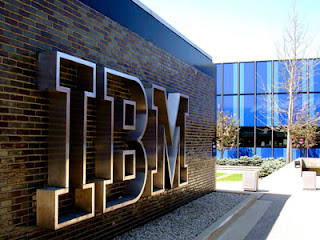Researchers at IBM have stored and retrieved digital 1s and 0s from an array of just 12 atoms compared to the present's best one million atoms to store 1s and 0s, pushing the boundaries of the magnetic storage of information to the edge of what is possible.
The new achievement is the product of a heated international race between two elite physics laboratories to explore the properties of magnetic materials at a far smaller scale. This could help lead to a new class of nano-materials for a generation of memory chips and disk drives that will not only have greater capabilities than the current silicon-based computers but will also consume significantly less power and it may offer a new direction for research in quantum computing.
As part of its demonstration of the anti-ferromagnetic storage effect, the researchers created a computer byte, or character, out of an individually placed array of 96 atoms. They then used the array to encode the IBM motto "Think" by repeatedly programming the memory block to store representations of its five letters.
The only limitation so far being the fact that research took place at temperatures near absolute zero, but the scientists wrote that the same experiment could be done at room temperature with as few as 150 atoms.
The new achievement is the product of a heated international race between two elite physics laboratories to explore the properties of magnetic materials at a far smaller scale. This could help lead to a new class of nano-materials for a generation of memory chips and disk drives that will not only have greater capabilities than the current silicon-based computers but will also consume significantly less power and it may offer a new direction for research in quantum computing.
As part of its demonstration of the anti-ferromagnetic storage effect, the researchers created a computer byte, or character, out of an individually placed array of 96 atoms. They then used the array to encode the IBM motto "Think" by repeatedly programming the memory block to store representations of its five letters.
The only limitation so far being the fact that research took place at temperatures near absolute zero, but the scientists wrote that the same experiment could be done at room temperature with as few as 150 atoms.

No comments:
Post a Comment